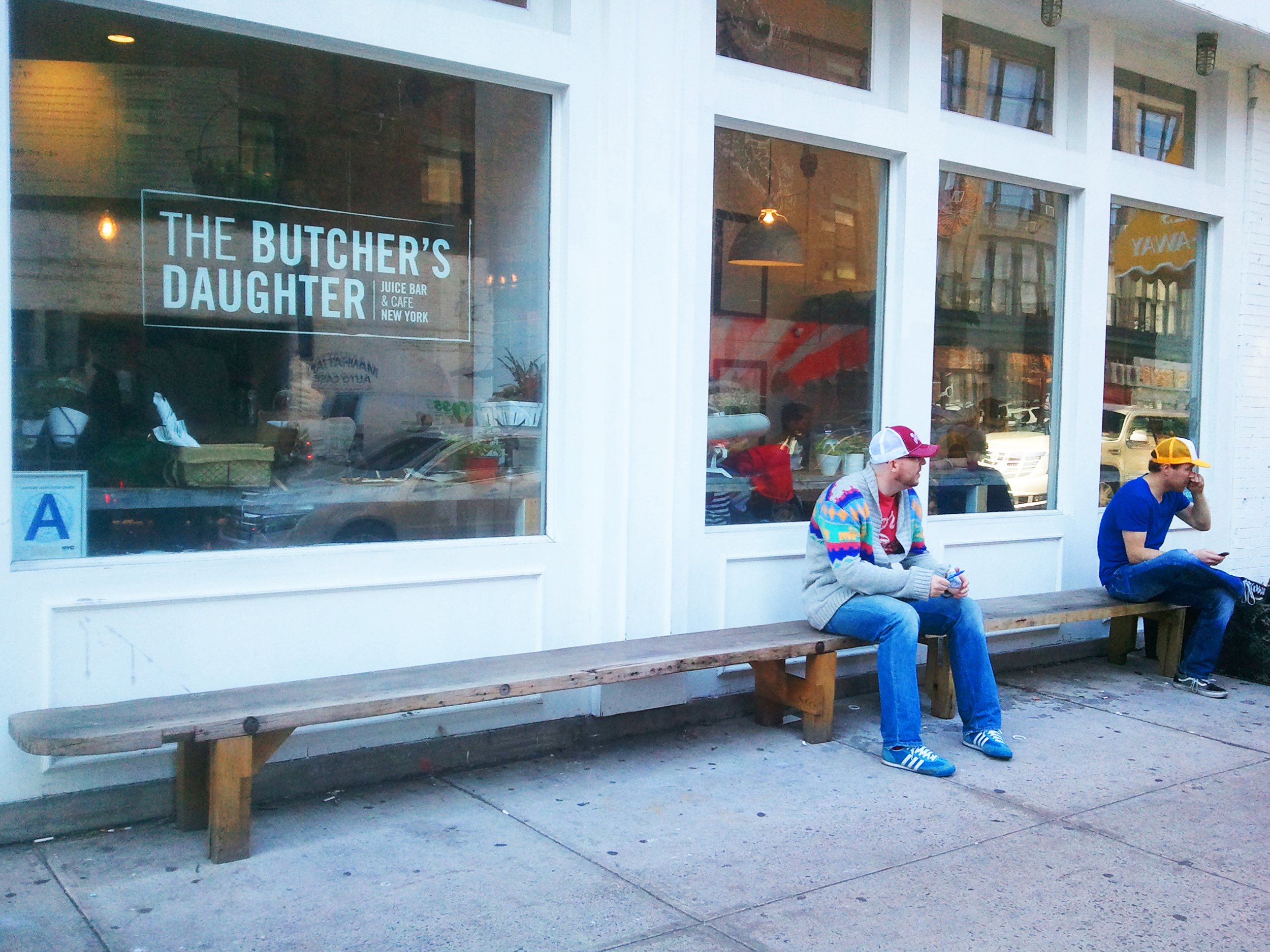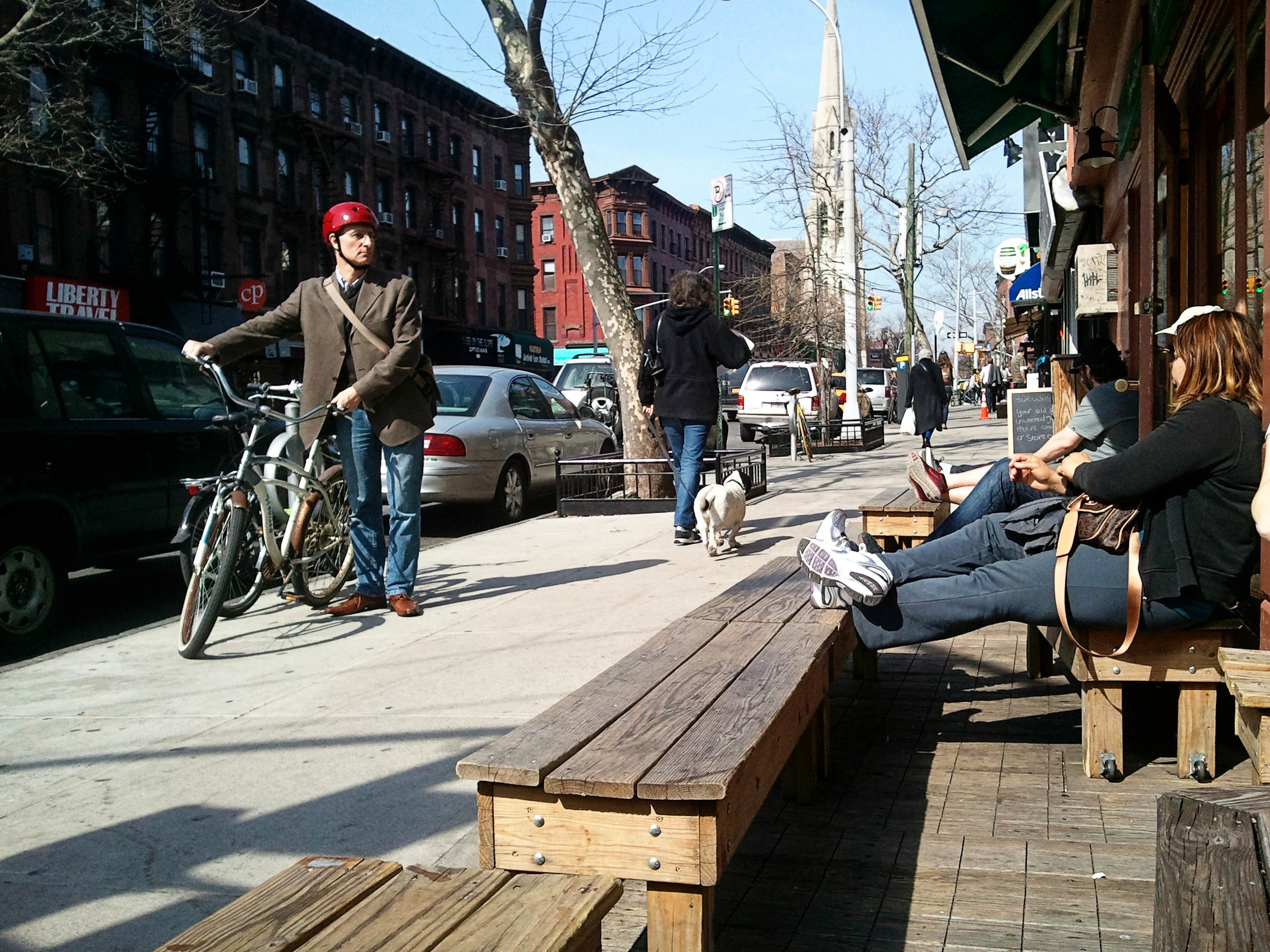Newly arrived in New York City, I’ve been doing a lot of walking. Browsing vintage stores in Williamsburg, getting cultured at the Met, shopping in Soho, soaking in the fabled street life of the West Village, admiring the Manhattan skyline from the Brooklyn waterfront, I could go on. The importance of walkability is becoming increasing recognised, but with all that walking, sometimes you just need a place to stop, to rest, and to watch the world go by.
Luckily for us weary wanderers, there is an abundance of informal seating available on the streets of New York. From plastic chairs outside a noodle shop to a bespoke wooden bench built around a street tree - once you start noticing street seats you suddenly start seeing them everywhere. This trend inspired Street Plans Collaborative to launch Street Seats, an open source project to map New York’s informal public seating. The aim of the project is to raise awareness of the positive impact of something as simple as providing a seat, and to inspire more people to get involved in improving public space in their neighbourhood. In conjunction with Neighborland, Street Plans Collaborative hosted a mapping party last weekend to build up the database of locations across the city.
We met up on a sunny afternoon in Union Square and went over the rules of what does and does not constitute a street seat – not a park bench or street furniture provided by the government, not outdoor cafe seating, we were interested only in seats provided by businesses, community groups or individuals as a gift to the city. Armed with smartphone cameras we then fanned out to tackle different neighbourhoods across the city, uploading geotagged photos as we went. My group managed to find over 20 street seats in Chinatown and Little Italy, with the mapping party resulting in over 100 new additions to the database across the city. Not bad for an afternoon’s work!
Regrouping in a bar later to discuss our findings, we discovered that while we had expected most seats to be associated with cafes and restaurants, they also included such diverse offerings as marble benches outside a church, a ‘customers only’ seat outside a cigar shop, to even a bench outside a bail bonds office! While there were some beautiful handcrafted artisan pieces, there were also simple utilitarian designs, and the seats didn’t necessarily have to be elaborate to be effective. An interesting trend was that street seats tended to be clustered together, suggesting that seeing the success of one example inspired other people to get involved too – exactly the process which streetseats.org aims to encourage in the digital realm.
Are there any DIY street seats in your neighbourhood?



